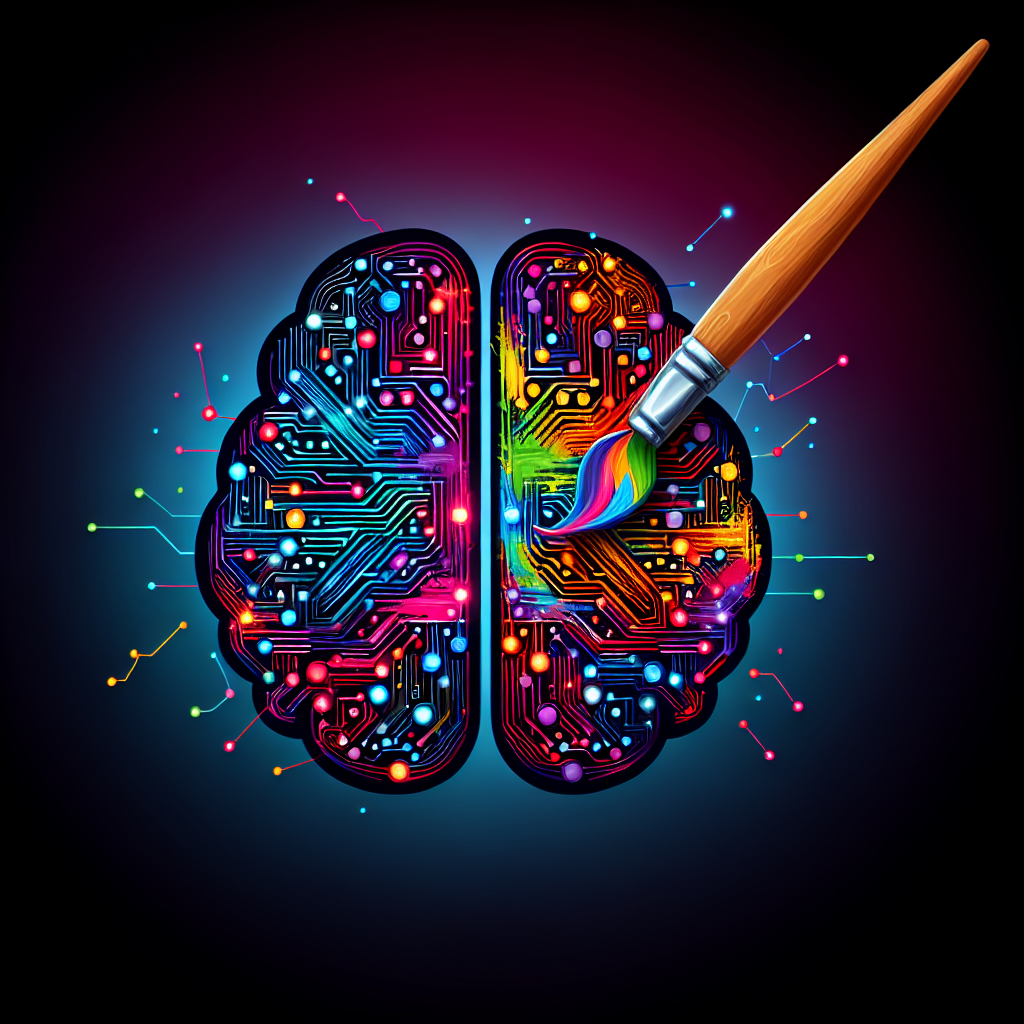Artificial Intelligence (AI) has been a hot topic in recent years, with advancements in technology allowing machines to perform tasks that were once thought to be exclusive to human intelligence. One of the areas where AI is making significant strides is in the realm of creativity. While many people may believe that creativity is a purely human attribute, AI is challenging this notion by demonstrating its ability to generate original and innovative ideas across a variety of disciplines.
The intersection of AI and creativity has the potential to revolutionize industries such as art, music, literature, and design. By leveraging the computational power and learning capabilities of AI, creators are able to explore new avenues of expression and push the boundaries of what is possible. However, this integration also raises questions about the role of AI in the creative process and the impact it may have on the future of artistic endeavors.
One of the key ways in which AI is being used in the creative process is through generative models. These models are trained on large datasets of existing creative works, such as paintings, music compositions, or literary texts, and are then able to generate new content that mimics the style of the original works. This can be particularly useful for artists looking to experiment with different styles or techniques, as AI can provide a vast array of options to explore.
For example, in the field of visual arts, artists can use AI to generate new images based on a particular style or theme. This can be especially helpful for artists who are looking to break out of creative ruts or explore new directions in their work. Similarly, musicians can use AI to generate new musical compositions or assist in the creation of melodies and harmonies.
In literature, AI can be used to generate new texts or assist writers in the editing process. By analyzing large bodies of text, AI can identify patterns in language use and help writers improve the flow and structure of their writing. This can be particularly valuable for authors who are looking to refine their work or overcome writer’s block.
Another area where AI is making significant strides is in the field of design. AI-powered tools can assist designers in creating new products, logos, or branding materials by generating multiple iterations and variations based on a set of parameters. This can help designers streamline their workflow and explore new design possibilities that they may not have considered otherwise.
While AI has the potential to enhance creativity and enable creators to explore new possibilities, there are also concerns about the impact of AI on the creative process. Some critics argue that AI may lead to a homogenization of creative output, as algorithms are trained on existing works and may inadvertently replicate existing styles or ideas. This raises questions about the originality and authenticity of AI-generated content, and whether it can truly be considered creative in the same way that human-generated content is.
Additionally, there are ethical considerations surrounding the use of AI in the creative process. For example, who owns the rights to AI-generated content, and how should creators be compensated for their work? These questions are still being debated in legal and artistic circles, as the intersection of AI and creativity continues to evolve.
Despite these challenges, many creators are embracing the intersection of AI and creativity as a way to expand their creative horizons and explore new possibilities. By leveraging the power of AI, artists, musicians, writers, and designers can push the boundaries of their respective fields and unlock new levels of creativity that were previously inaccessible.
FAQs:
Q: Can AI truly be creative?
A: While AI is capable of generating original content and exploring new ideas, the debate over whether AI can truly be considered creative is ongoing. Some argue that creativity is a uniquely human trait that involves emotional intelligence and intuition, which AI lacks. Others believe that AI can exhibit creative behavior by generating novel and innovative content.
Q: How can creators use AI in their creative process?
A: Creators can use AI in a variety of ways, including generating new content, exploring different styles or techniques, and streamlining their workflow. By leveraging AI-powered tools and generative models, creators can expand their creative horizons and explore new possibilities in their work.
Q: What are the ethical considerations surrounding AI and creativity?
A: There are ethical considerations surrounding the use of AI in the creative process, including questions about ownership rights, compensation for creators, and the impact of AI on the originality and authenticity of creative content. These questions are still being debated in legal and artistic circles as the intersection of AI and creativity continues to evolve.

